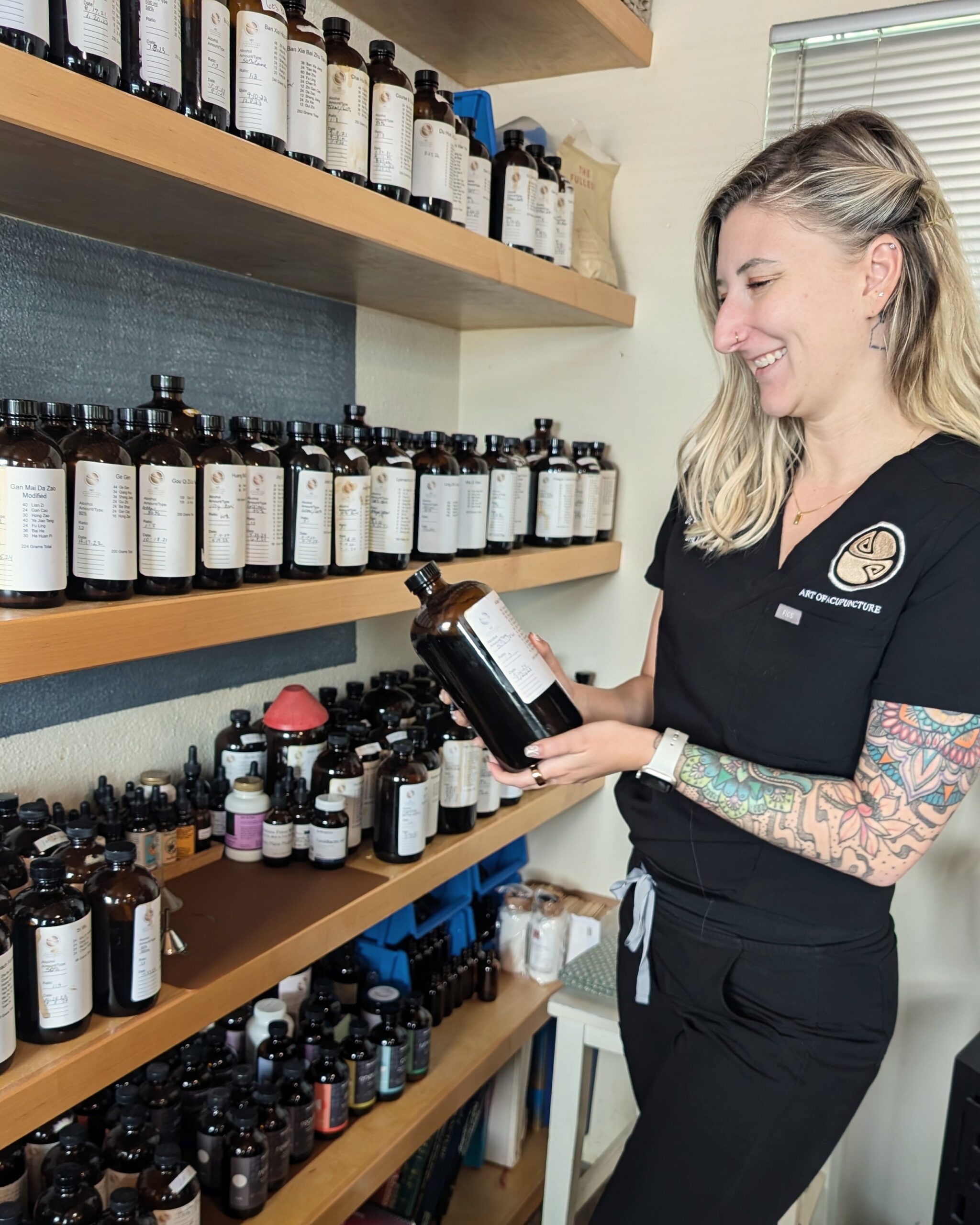How much do you know about your menstrual cycle?
When it comes to menstrual health and fertility, I hear this common sentiment from patients all of the time: “I have learned more about my body and menstrual cycle from you, than any other clinic or doctor I have seen.” I’m not telling you this to brag, but to emphasize that you’re not alone if you don’t feel fully informed about your reproductive health. Unfortunately, our school systems often don’t provide us with enough knowledge about our bodies, leaving many of us in the dark about our own menstrual cycles.
What Do We Mean When We Ask About Your Menstrual Cycle?
When your healthcare provider asks, “How long is your menstrual cycle?” we’re not asking about how long your period lasts. We’re asking about the average number of days from the first day of your period to the first day of your next period. Your menstrual cycle is more than just your period; it consists of four key phases:
1. Menses (Your Period)
This phase refers to the days when you are actively bleeding. The typical duration is anywhere from 4 to 7 days, although it can be longer or shorter for some individuals. The shedding of the uterine lining is a natural part of your body’s preparation for a new cycle.
2. Follicular Phase
The follicular phase begins right after your period ends and continues until ovulation. During this phase, your follicles (small sacs within the ovaries) are stimulated by follicle-stimulating hormone (FSH) from the pituitary gland to grow. One of the follicles will become dominant, while others stop developing. Meanwhile, the endometrial lining begins to thicken, creating a healthy environment for a potential pregnancy.
3. Ovulation
Ovulation typically happens around day 14 of your menstrual cycle. The pituitary gland releases luteinizing hormone (LH), which triggers the release of a mature egg (oocyte) from the dominant follicle. This egg travels down the fallopian tube, where it can be fertilized. If fertilization occurs, the egg begins cellular division and travels toward the uterus for implantation.
4. Luteal Phase
After ovulation, you enter the luteal phase, which lasts until the first day of your next period. This phase typically lasts about 12 days. The body produces progesterone, which helps maintain the endometrial lining. If the egg has been fertilized, progesterone levels will remain high to prevent menstruation. If fertilization doesn’t occur, progesterone decreases, and the body prepares to shed the endometrial lining.
Why Understanding Your Menstrual Cycle Is Important
Understanding the four phases of your menstrual cycle can help you identify issues related to fertility, menstrual irregularities, and overall reproductive health. By recognizing the unique characteristics of your cycle, you can make informed decisions about your health and seek the right treatment if necessary.
Stay tuned for the next part of our series, where we’ll dive deeper into the hormones involved in your menstrual cycle, explore conditions that can affect menstruation, and discuss the common symptoms you may experience throughout your cycle.

